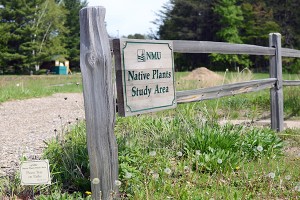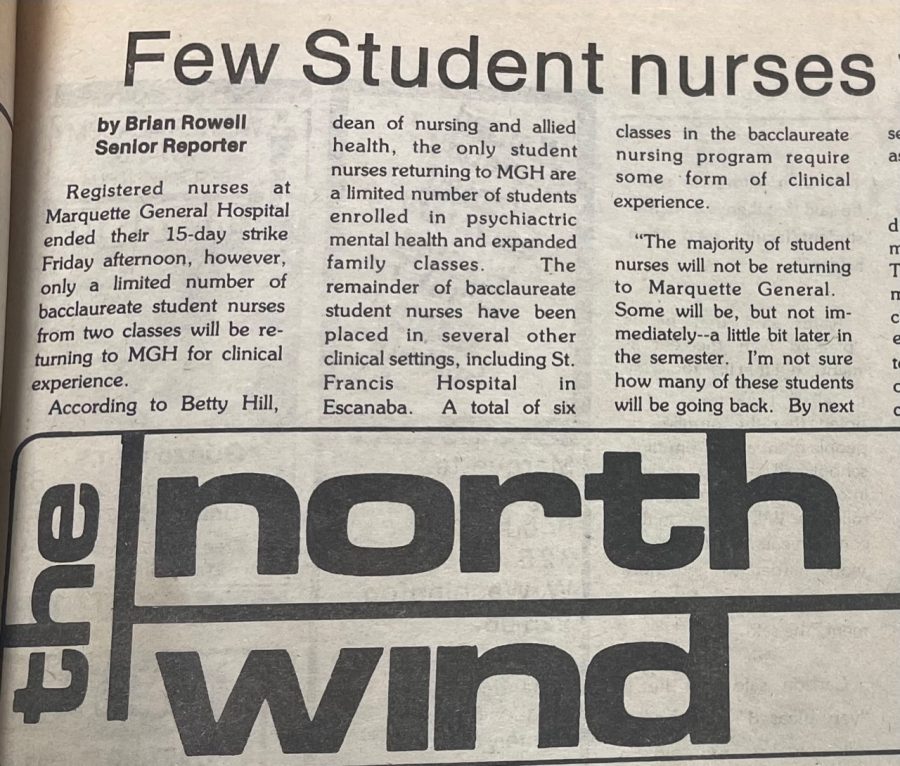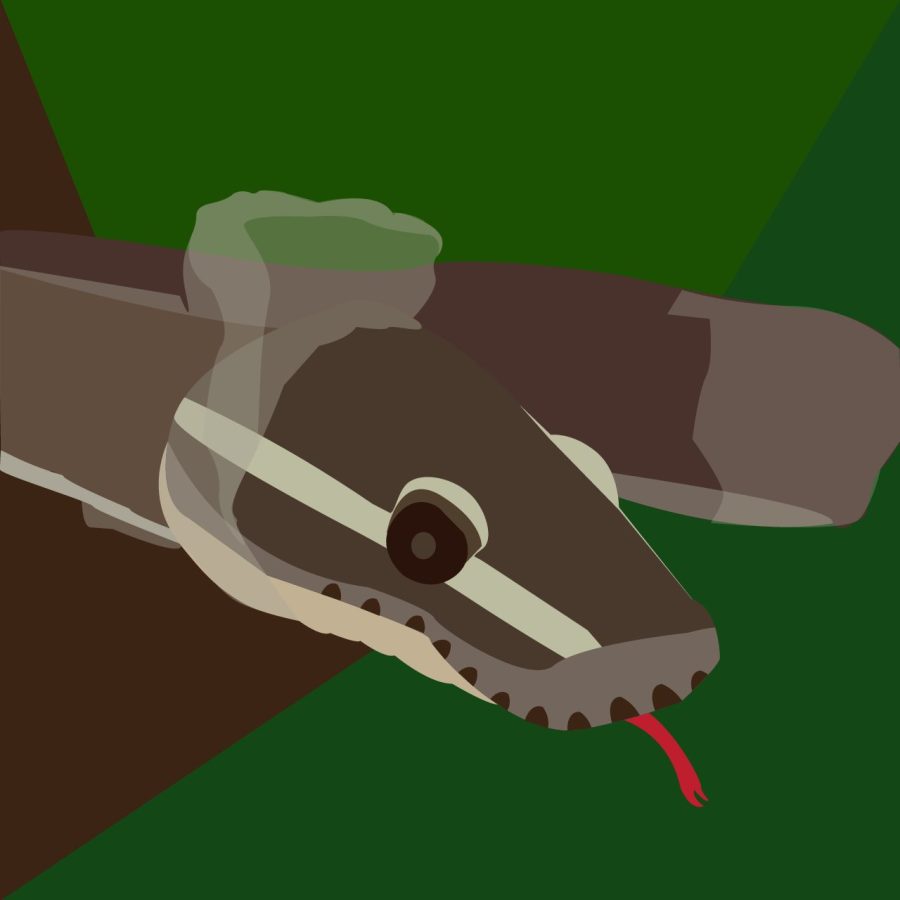The NMU Native Plant Study Area installed new split rail fencing around its plants over the last several weeks in a continuation of upgrades slated to be added to the campus’ project.
According to Ronald Sundell, professor of earth, environmental and geographical studies, the Native Plant Area located between the New Science Facility and the NMU down campus dorms has acquired 930 feet of new fencing to help protect the native plants enclosed within safe from harm.
On Sunday, Nov. 9, NMU staff began constructing the fence around the retention pond included within the project, said Sundell.
“The reason for the fence is really to bring atmosphere to that area,” Sundell said. “By fencing that area off, it really defines the study area. Certainly we want people to be out there to enjoy it, including the aesthetics portion of it. There will be places for students to sit and relax, as well as places to be used as an outdoor classroom.”
According to Sundell, the installation of the fence is a another part of NMU’s main goal for the planting area: to develop the Native Plants Study Area into not just a research environment but a place for class to be held out in nature.
“Students in the [sciences] courses can use the site not only to study vegetation,” Sundell said. “It’s good for students studying botany and other courses. Also, when you go native, it really helps. Energy costs are really low.”
The study area is planning other advancements for the future, including developing studies into animal life amongst the plants and in the Upper Peninsula region, according to the NMU Earth, Environmental and Geographical Department.
The development includes further use for the area’s retention pond, Sundell said, which stemmed the effort to build the new fence.
“The retention pond is the next phase for us to work on within the project,” Sundell said. “While we will be placing native plants down there, the pond also possesses wetland qualities. We will be monitoring for wetland wildlife that might come in there and watching for other critters like that.”
Sundell also said insects and water quality will be studied with the further use of the retention pond.
“The water in the pond is from area runoff, so it is another good training site for students to do water quality sampling,” Sundell said. “Also, the study area around the pond is not only a place to observe plants as they grow up but the insect life that revolves around the existence of the plants there.”
According to Sundell, the department has been developing the Native Plants Study Area for four years thus far and aims to continue growing the project for another four years.
He also said the presence of the study area has helped other projects and their research, including a campus herbarium.
“A herbarium is where we keep pressed plants on file for future study,” Sundell said. “I have students helping with that project, as well.”
Senior ecology major Alex Graeff, one of Sundell’s student assistants, said the herbarium project is a welcomed addition to the current research coming from the native plants study. Graeff also said he assisted the program during the summer.
“I had a lot of fun working there,” Graeff said. “I think there are 50 specimens in the herbarium in there right now and I have another 50 at home. I think it is a great idea and a good learning opportunity. It is more manageable to learn about plants that way than anywhere else.”
While the area looks to further improve its options for outdoor plant and wildlife research, Sundell said there are ways other students on campus can help.
“This fall, we’ve probably had a dozen or so students come from time to time,” Sundell said. “We have a work day, which is Friday. We ask students to come and help as much as they can. It’s not always the most glamorous work in the world, but it is all needed right now in preparation until the site is finalized.”
For more information about the Native Plants Study Area, details can be located on the Earth, Environmental and Geographical Department’s homepage on www.nmu.edu/geography.




























